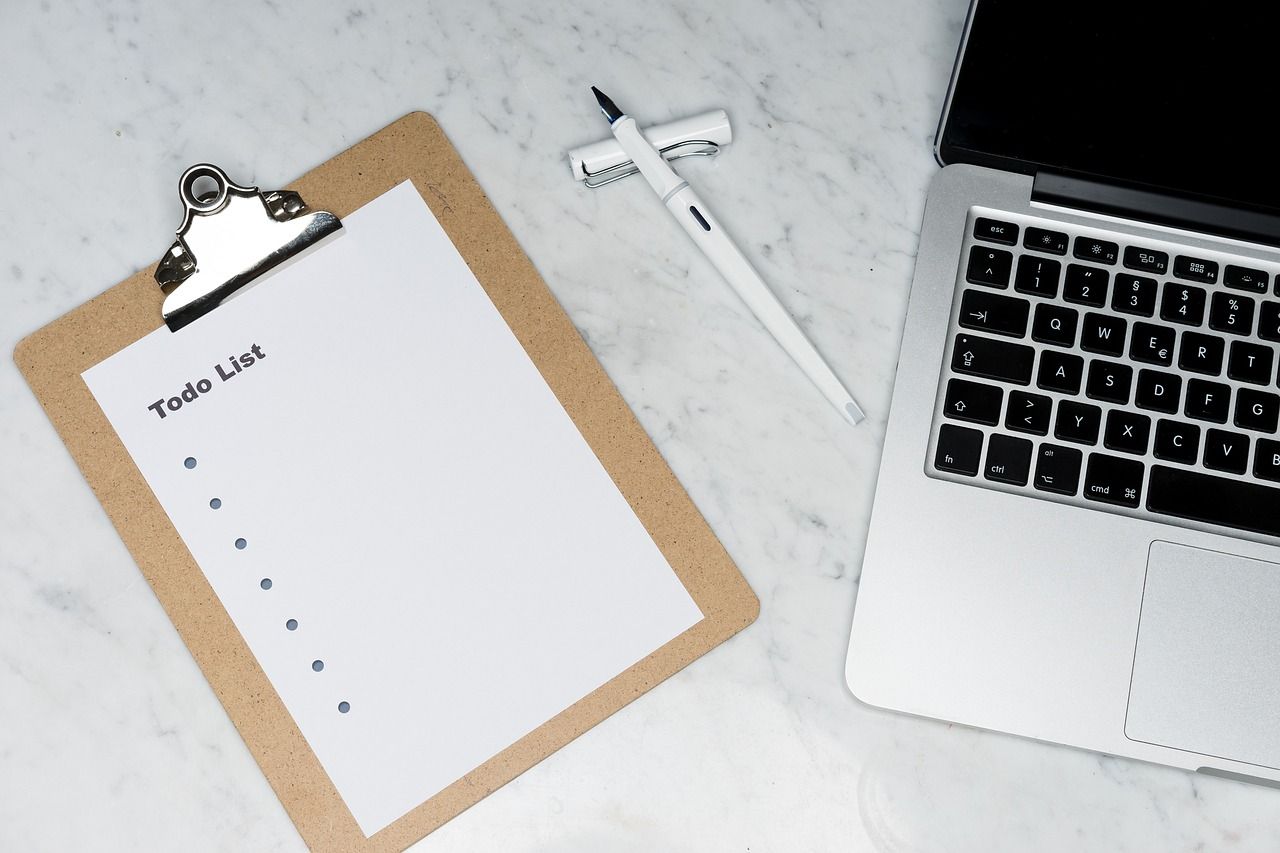Getting Things Done Methodology: What is it, and how to apply it?

Getting Things Done Methodology What does it mean?
Getting Things Done is a self-management system developed by renowned consultant David Allen. It displays each day’s work and personal activities in task lists. In this way, the earrings are not forgotten, the mind remains clear, and concentration is encouraged in one activity at a time. As a result, there is evidence of increased productivity, efficiency, and greater performance of those who apply said methodology.
The renowned consultant highlighted the importance of focusing on daily tasks according to their priority to carry them out agile and organized. Apart from putting them on your digital calendar, writing activities in diaries helps users eliminate procrastination and fulfill their responsibilities without stress and without the overwhelming feeling of always being one step behind.
How to apply the GTD methodology in daily activities?
Five simple steps help you manage resources to start performing your tasks with full productivity. Although the GTD method is mostly used in the workplace, you can apply it in any area where you need to work efficiently. Follow each step in the order that we indicate them to you:
1. Collect: It displays all the tasks, activities, ideas, and relevant information in what is known as the “inbox.” Now, versatility is important since you can use any digital tool such as Asana or OneNote or write the data in a physical agenda. In this first step, you can give your ideas a little structure. It will only be necessary to capture all the possible information that will later serve you to organize and carry out your tasks effectively.
2. Process: After collecting the important data, you must process it until it becomes a specific task ready to execute. To complete this step successfully, it will be necessary to assign priorities to the duties and determine deadlines to meet each one of them. When processing all the information, it is essential to be flexible since new tasks may arise, and the need to modify the deadlines or postpone the priority. The idea is that you focus on high-impact activities, so dividing the pending tasks into simple and complex ones is good.

3. Organize: Processing and organizing tasks are closely related. Assigning the functions to their related projects to organize your work list would be best. If you use a virtual tool, you must move the earrings to the folders of the tasks you are currently working on. While organizing is a key step in the Getting Things Done methodology, you can decide how. Here you can group high-priority work in one section and low-priority work in another. Get the most out of digital tools to create your agenda. Some popular options include Todoist, Wunderlist, Trello, and Asana.
4. Review: Once you have all the tasks organized and assigned to a work project, it is time to review them carefully. Remember that the GTD methodology promotes productivity, so it's not just about making the to-do list and leaving it behind. You should check your agenda regularly and establish new priorities, deadlines, and other elements. If, for example, new activities arise with a higher priority than those you already had scheduled, you will have to reorganize your list to manage time effectively.
5. Ejecutar: In this step, you should begin to carry out your pending tasks, taking into account the priority level of each one. When you arrive, you have already cleared your mind of ideas and classified, organized, and reviewed all the responsibilities. Now all that remains is to execute them! There are no guidelines for what tasks to perform and when to achieve them. For this reason, the Getting Things Done methodology is based mainly on self-management. Identify the priority of each lesson and start with them. Then assess your time availability and energy level to complete them successfully.
At Looper Logistics, we focus on an effective methodology that contributes to achieving objectives with productivity to offer a quality service. Our premises include collaboration and teamwork in an organized, customer-oriented manner.
Unlock your full potential with GTD
In summary, likely, you are already applying something similar to the Getting Things Done (GTD) Methodology. If you still need to, it is time to implement it into your daily routine and unlock your maximum potential. At LOOPER applying GTD principles allows us to optimize time management, prioritize tasks and projects, and achieve outstanding results in a highly dynamic and demanding environment.
Loopering









